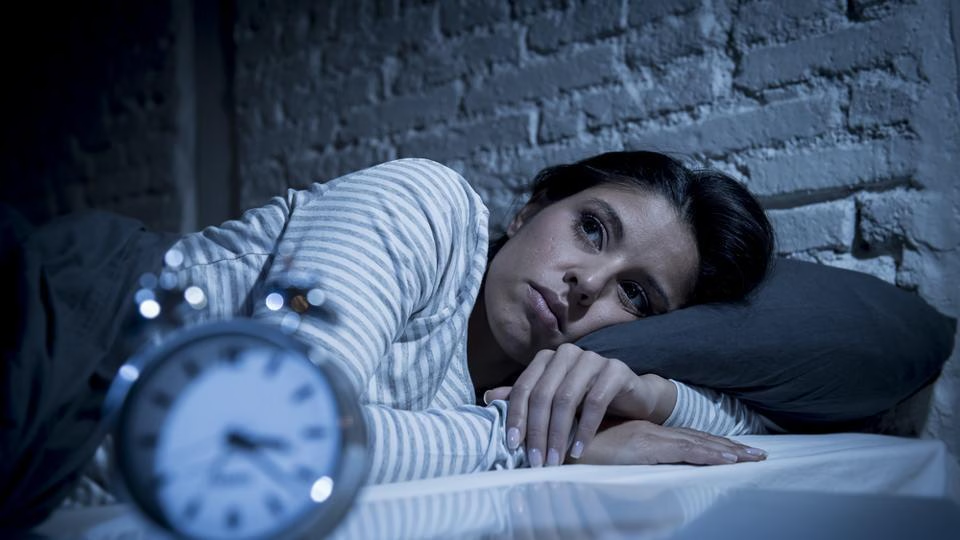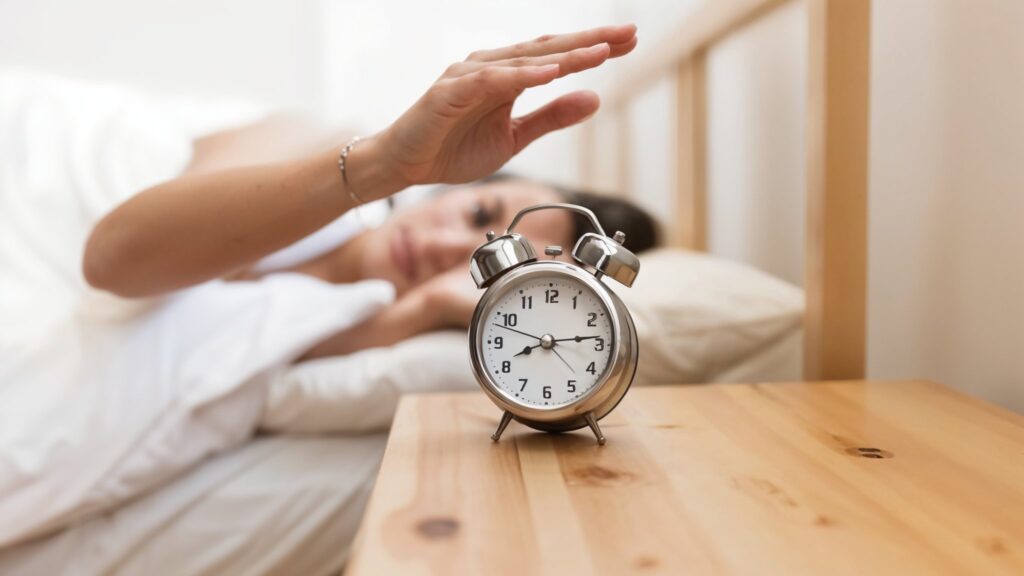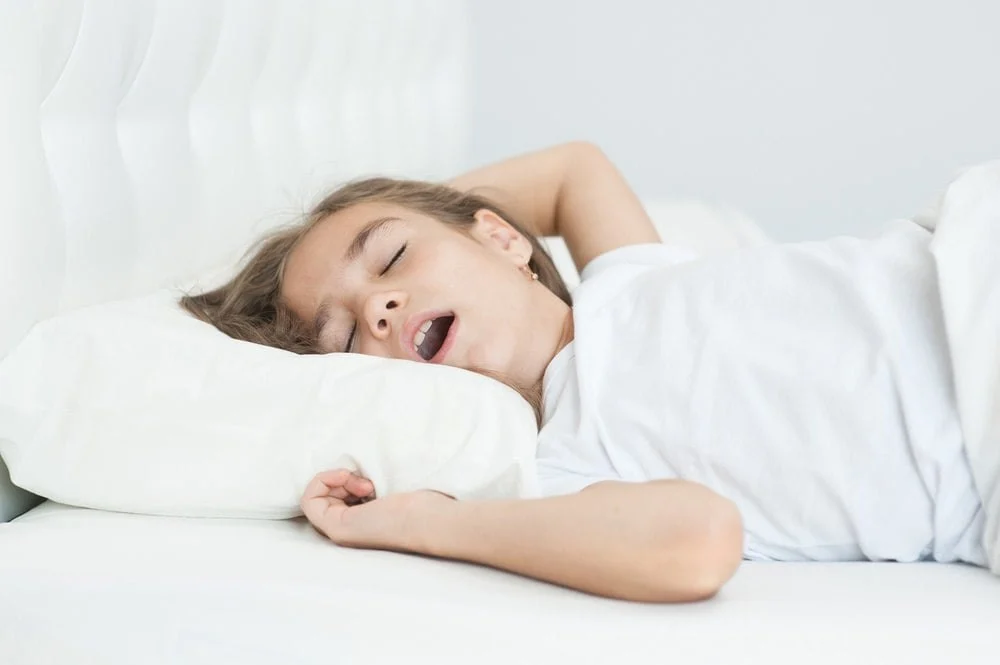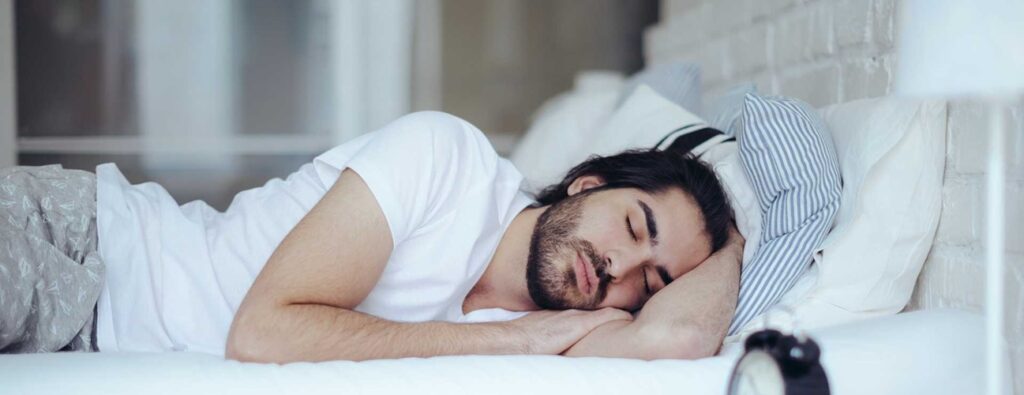Daytime sleepiness has many faces. Two of the most misunderstood are narcolepsy and excessive fatigue caused by obstructive sleep apnea (OSA). Both leave you nodding off at work, missing conversations, and craving naps—but they stem from very different mechanisms and call for different care. Here’s how to tell them apart and what to do next.
Why These Conditions Get Confused
- Shared daytime fog — Both disorders can tank alertness and memory.
- Fragmented night sleep — People with apnea wake to breathe; those with narcolepsy drift in and out of REM.
- Overlapping mood issues — Irritability and low motivation are common in both camps.
Because symptoms overlap, up to 15 % of narcolepsy cases are first misdiagnosed as insomnia or untreated OSA, according to a population study on diagnostic delays.
Biology: Two Very Different Engines
Narcolepsy: Hypocretin Shortage
Narcolepsy Type 1 often involves a loss of hypocretin‑producing neurons in the hypothalamus. Hypocretin (also called orexin) keeps wake signals robust; without it, REM sleep intrudes on wakefulness. PET imaging confirms lower hypocretin levels in narcolepsy patients, as outlined in this orexin pathway review.
OSA Fatigue: Oxygen Rollercoaster
In OSA, soft‑tissue collapse blocks airflow, driving oxygen down and carbon dioxide up. Each drop forces a micro‑arousal so you gasp and reset breathing. These relentless interruptions fragment restorative stages and flood the body with stress hormones, as detailed in the Sleep Foundation’s OSA explainer.
Symptom Snapshot
| Feature | Narcolepsy | Fatigue from OSA |
| Sudden muscle weakness (cataplexy) | Classic sign | Rare |
| Loud snoring | Uncommon | Common |
| Vivid dream recall at naps | Frequent | Occasional |
| Morning dry mouth | Rare | Frequent |
| Weight gain trend | Mild | Often moderate |
Testing: Which Study Tells the Truth?
Overnight Polysomnography for OSA
This in‑lab test tracks airflow, chest effort, oxygen, and brain waves. Ten or more breathing pauses per hour usually confirm OSA. Multi‑night home sleep tests can catch real‑world patterns if labs feel daunting.
Multiple Sleep Latency Test (MSLT) for Narcolepsy
Completed the day after an overnight study, the MSLT measures how fast you fall asleep during five daytime naps. Sleeping in ≤ 8 minutes with two or more REM onsets signals narcolepsy. Full protocols are available in the MSLT guideline.
Pro tip: Excess sleepy time on an MSLT can also come from untreated apnea. Clearing the airway first avoids false positives.
Treatment Paths: Different Targets, Common Goal
Fix the Airway for OSA Fatigue
- Auto‑adjusting CPAP—First‑line gear that adapts pressure nightly.
- Mandibular devices—Custom mouthpieces that nudge the jaw forward.
- Lifestyle tactics—Side‑sleeping, modest weight change, and limited evening alcohol all reduce event count.
A meta‑analysis on CPAP and alertness found reaction times improve by 24 % within three months when users average four hours a night.
Stabilize Wake Chemistry for Narcolepsy
- Wake‑promoting agents — Modafinil and armodafinil lengthen alert periods without classic stimulant highs.
- Orexin agonists and histamine liberators — Pitolisant boosts histamine release, offering another dopamine‑sparing option reviewed in this pitolisant efficacy study.
- Scheduled naps & sleep hygiene — Two 20‑minute power naps can blunt accidents and boost focus.
Overlap Cases: Double Trouble
Some people carry both disorders—airway collapse plus intrinsic wake‑signal glitches. If CPAP fixes oxygen swings yet sleep attacks linger, or narcolepsy drugs lift daytime function but snoring persists, consider dual testing. A quick AI facial scan flags craniofacial markers linked to apnea in 60 seconds and guides next steps.
When to Seek Help
- Daytime nodding leads to near‑miss crashes or work errors
- Bed partner reports choking or sees muscles go limp during laughter
- Mood stays low despite enough hours in bed
- Existing CPAP or medication fails to improve alertness after four weeks
A sleep specialist can order the right blend of airway testing and nap studies, fine‑tune device settings, or adjust medicine timing.
Key Takeaways
- Narcolepsy stems from brain chemistry; OSA fatigue comes from oxygen drops.
- Cataplexy and REM intrusions point to narcolepsy; loud snoring and dry mouth point to apnea.
- Overnight sleep study + next‑day MSLT sort out mixed symptoms.
- CPAP or oral devices relieve apnea fatigue; wake‑promoting agents manage narcolepsy.
- Persistent daytime sleepiness warrants checking for both disorders.
Still unsure which condition is derailing your days? Start our free 60‑second AI scan and get matched to the right test and expert guidance for lasting daytime energy.







